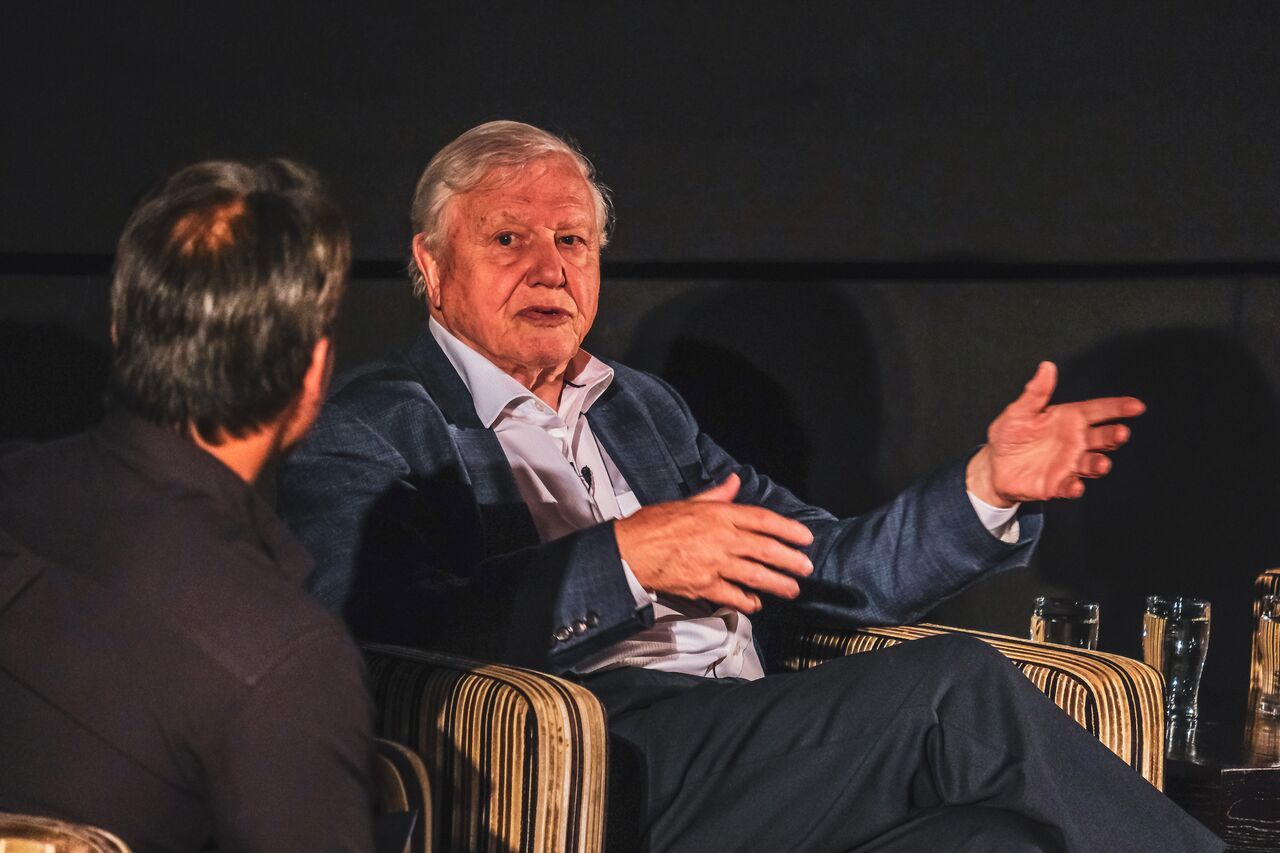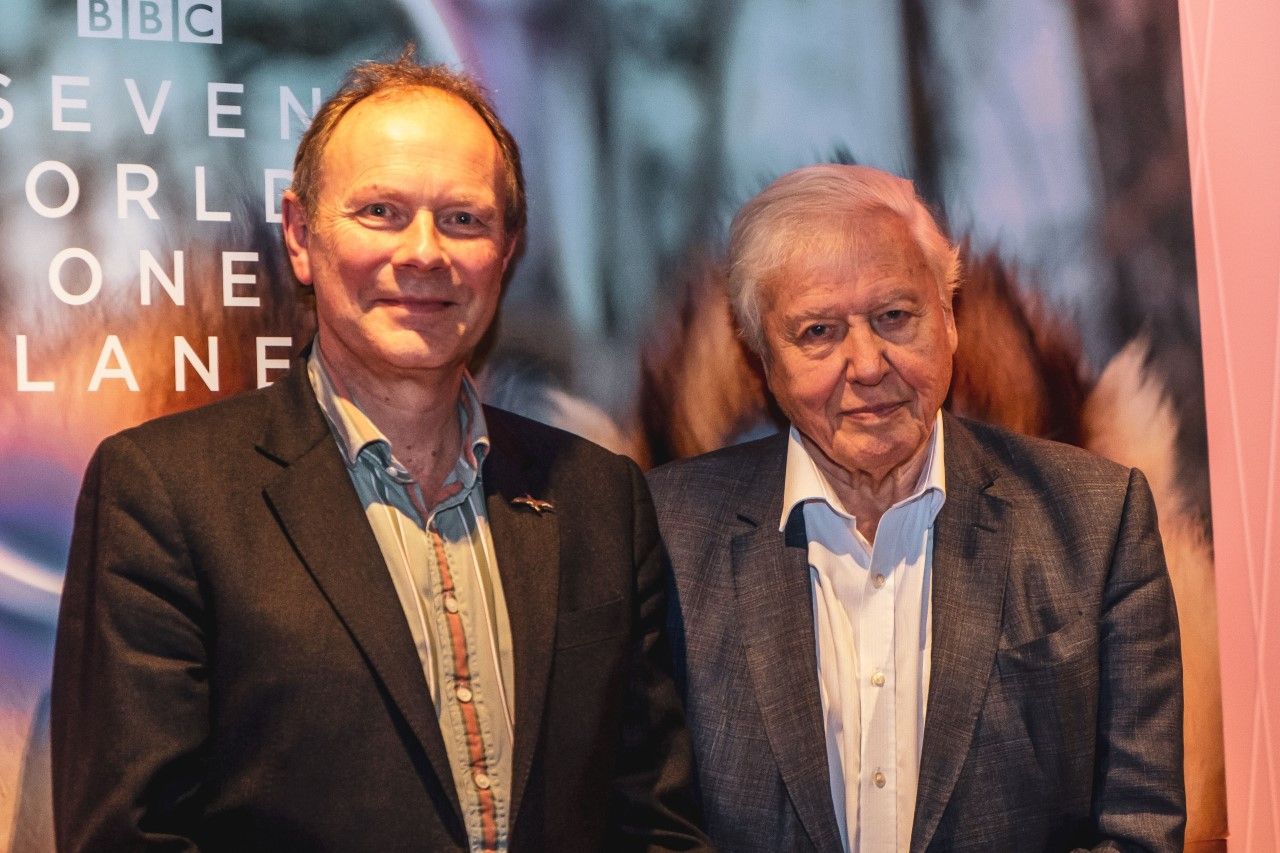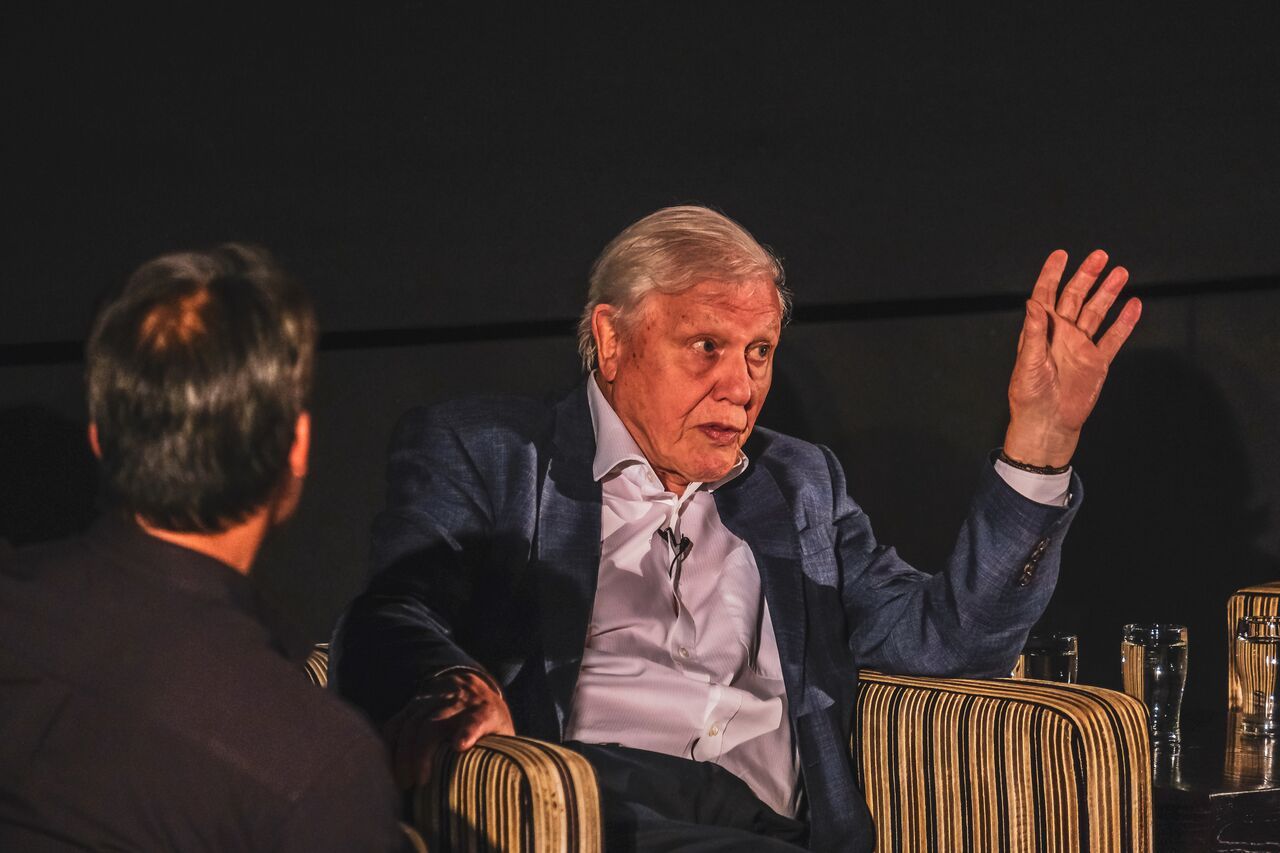By Jack Charters, Deputy Features Editor
Sir David Attenborough’s latest venture into the frontiers of Earth’s seven continents gives an outstanding look at the challenges animals face in their continued struggle for survival in this changing world.
Having been present at an exclusive early screening of David Attenborough’s new documentary Seven Worlds, One Planet (2019), for which 80,000 people applied for tickets to, I was extremely fortunate to witness David Attenborough introduce the series to the packed cinema in person. His brief speech was nothing short of gripping, with his gravitas at the podium ensuring that his solemn message on the importance of our planet was delivered powerfully.
I initially felt slight trepidation at the possibility of the series failing to eclipse its hit predecessors Blue Planet II (2017) and Dynasties (2018). The bar had certainly been set very high, yet these concerns soon disappeared upon the start of the show.

This first installment of the hotly anticipated documentary focused on Antarctica; one of the most inhospitable continents, first sighted by man 200 years ago. The opening panoramic shots of the continent’s monumental icescapes, accompanied by Attenborough’s iconic narration, instilled a deep sense of wonder – a feeling that persisted right to the very end.
As comes with the territory, the documentary was an emotional rollercoaster throughout, with feelings of exultation and anguish in equal measure. The very first sequence drew on the heartstrings of viewers by focusing on a mother Weddell Seal abandoning her cub in an intense snowstorm, only for her to come back to see if it survived the bone-chilling cold. Agonising viewing indeed - the outcome of which you will have to see for yourself.
[Attenborough's] gravitas at the podium ensuring that his solemn message on the importance of our planet was delivered powerfully
Would it be a nature documentary if the uncomfortable theme of predator versus prey didn’t rear its ugly head? As always, the audience is forced into the contradictory position of wanting the hunted to escape the jaws of death, whilst also not wanting the hunter succumb to starvation.

This occurs in the form of a singular Gentoo penguin being hotly pursued by four hulking Orcas, leading to the audience instinctively siding with the underdog, or in this case – underpenguin. They can do nothing but watch on helplessly as the penguin dances with death. Does it give in to its untimely end?
In accordance with contemporary events, the show placed an equal, if not greater, emphasis on the damaging effects of climate change than its predecessors; a focus which evokes a lingering feeling of guilt.
Seven continents, all unique.
— BBC One (@BBCOne) June 30, 2019
Take a first look at Sir David Attenborough’s epic next series, #SevenWorldsOnePlanet 🌍 pic.twitter.com/ba09c6Qowy
The Gentoo penguins’ attempts to reach the safety of open sea are significantly hampered by partially melted ice, owing to rising ocean temperatures, thereby causing them to be individually hunted by a predatory Leopard Seal. This is a damning indictment on the direct harm to species that we are causing from the across the globe, which makes for deeply uneasy watching.
Stellar shooting against impossible odds has become a hallmark of BBC nature documentaries
However, the show was not just a harbinger of species extinction, there was significant focus on the success of Antarctic conservation, especially in relation to whales. This was a message the producers were keen to convey in the post screening Q&A.
An entire sequence shot at an abandoned whaling station for the purpose of showing the harm caused by hunting and repair done by conservation is devoid of any nature. This is an uncharacteristic yet welcome addition to a nature documentary, a sentiment shared by the Series Producer Scott Alexander.

The Q&A with the producers served as a reminder on how easy it is to forget both the logistical nightmare of getting cameras and operators to location and the innovations in filming practices when watching. The logistics behind the series were of Herculean proportion, with 92 shoots in 41 different countries occupying 1794 days of filming and 499 days of travelling. The series production manager Caroline Cox equated it to a ‘military operation’; a claim that remains very much undisputed.
As ever, the camera work was phenomenal. The use of new drone technology which makes them more stable to fly, and for longer, captured huge vistas in astounding quality, putting helicopter shots to shame. Filming the Antarctic seabed underneath 9 foot of ice with no safety cables is just another example of stellar shooting against impossible odds that has become a hallmark of BBC nature documentaries.
If the first episode is anything to go by, this is Attenborough’s best work yet. You can watch Seven Worlds, One Planet every Sunday at 18:15 on BBC One.
Featured: BBC / Olumide Osinoiki
Which is your favourite of Sir David Attenborough's inspiring adventures across our planet?









